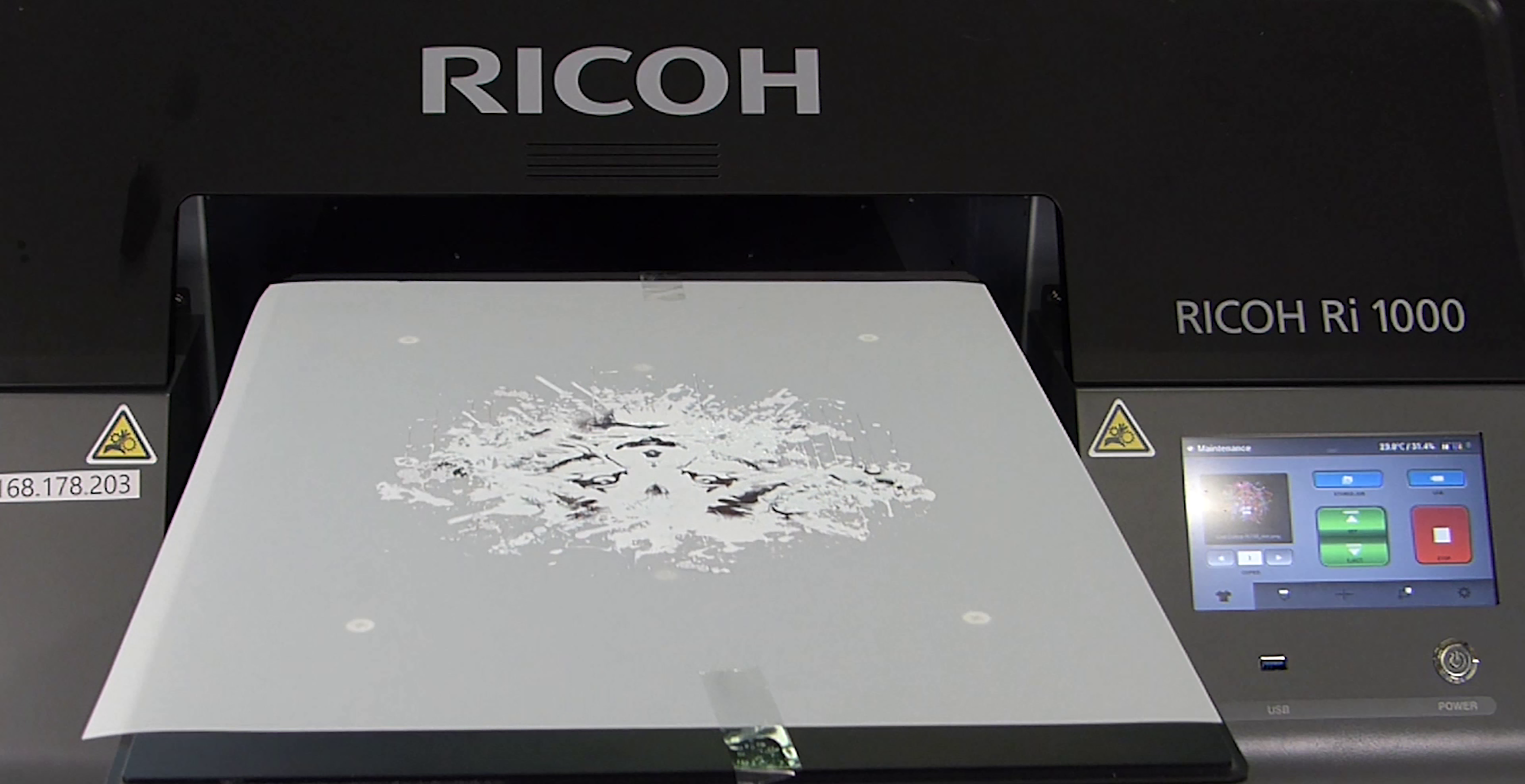
Features
Craft
Opinion
Why you should have designs on the hottest trend in garment decoration
April 25, 2022 By Axel Stuhlreiter

Direct to film (DTF) printing technology has been described by Keypoint Intelligence as the newest and hottest decorated apparel trend.
In just over two years it has emerged as an all-for-one technology.
This is because it has a number of attractions. They include the ability to work with direct to garment (DTG) printing technology to produce a wide range of high quality sportswear and workwear, as well as corporate and promotional items, on a broader range of substrates like polyester and nylon.
DTF cost effectively delivers on demand, or short run print, as there is a shallower learning curve for printing DTF transfers and there is no need to pre-treat the fabric.
The transfer technology works by printing designs onto polyethylene terephthalate (PET) film using water-based pigment inks. The design is printed with CMYK ink first and then white ink. This is a reversal of the standard DTG approach of white ink first, followed by CMYK. At the same time the image is reversed so that its orientation is mirrored.
The wet ink is powdered with a hot-melt adhesive and then cured. The final cured image is transferred to the textile application using a heat press.
Among the benefits of the technology are:
- Increased opportunities for customized, short run, on demand garment production by enabling printing on a wider range of fabrics.
- Material versatility and suitability for fabrics not ideal for other production methods, such as water repelling surfaces like leather and nylon. Polyester can be used as well.
- Durability and high fastness that makes it particularly suitable for applications such as synthetic sport jerseys. It is also ideal for workwear, promotional items and corporate branding.
- Greater elasticity and stretchability for high quality results on a wider range of applications.
- Very soft and flexible results.
- Extensive colour options.
- The ability to produce full colour, photorealistic images, and no limitations on complex designs.
- The ability to prepare images in advance and apply to fabric at a later date. This prevents over production for a more sustainable approach.
Axel Stuhlreiter is head of textile solutions, Graphic Communications Group, Ricoh Europe.
Print this page